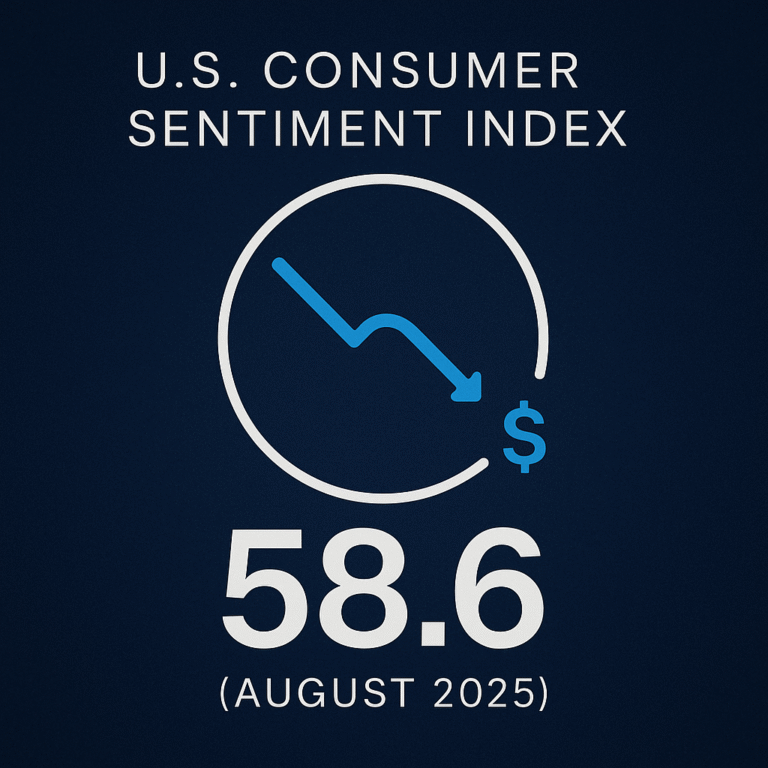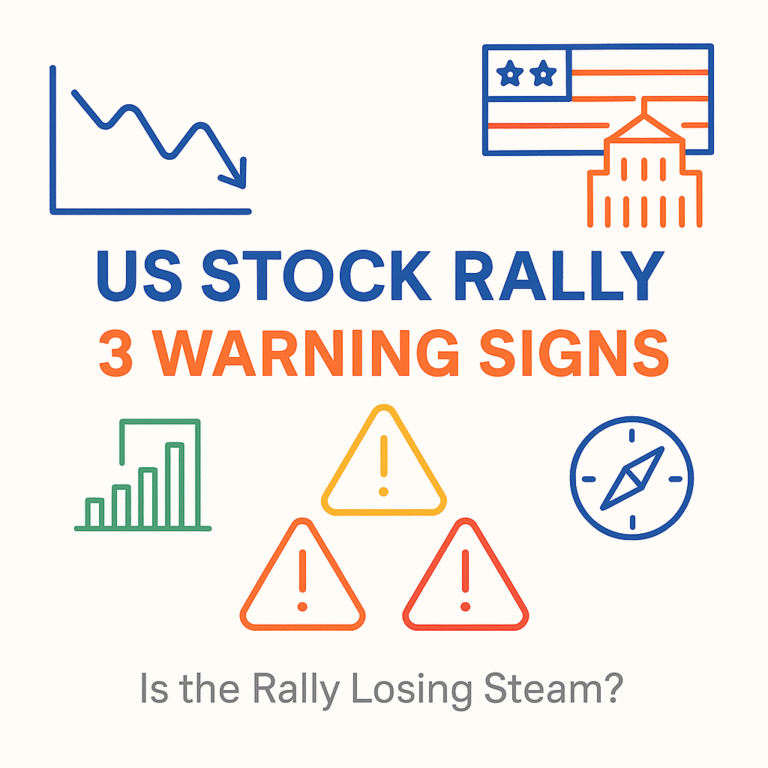Nvidia Hits Historic $4 Trillion Market Cap Milestone – AI Dominance Rewrites Corporate History
Nvidia hits historic $4 trillion market cap as AI chip demand soars.
Explore the company’s 70-95% market dominance and what it means for investors.
Key Takeaways
A Historic Moment: The Dawn of the $4 Trillion Era
On July 9, 2025, Nvidia made history by becoming the first company ever to surpass a $4 trillion market capitalization. This achievement is remarkable considering it took Apple and Microsoft decades to cross the $3 trillion threshold. Just two years ago, Nvidia hadn’t even reached $1 trillion, making this meteoric rise a testament to the company’s position at the epicenter of the AI revolution.
Nvidia’s stock surged 2.8% on Wednesday, closing at $164.42 per share. This represents a stunning turnaround from the company’s sluggish start to 2025, demonstrating remarkable recovery momentum. Wall Street experts interpret this not merely as a stock rally, but as a symbolic event showcasing a fundamental shift in the global economic paradigm.
The Undisputed AI Chip Champion
Overwhelming Market Dominance
Behind Nvidia’s $4 trillion market cap achievement lies its monopolistic position in the AI chip market. According to Mizuho Securities analysis, Nvidia commands 70-95% of the market share for chips used in AI model training and deployment. Some industry reports suggest this figure reaches as high as 95% in certain segments.
This dominance extends beyond superior hardware capabilities. Nvidia’s CUDA software platform has become an essential tool for developers building and training AI models. This demonstrates the power of an ecosystem built through the perfect integration of hardware and software components.
Exceptional Profitability
Nvidia’s profitability metrics are equally impressive. The company maintains an exceptional 78% gross margin, unusually high for a hardware manufacturer. This figure significantly exceeds the industry average of 20-30%, showcasing strong demand for Nvidia’s products and pricing power.
Q4 2024 revenue reached $22.1 billion, representing a staggering 265% increase year-over-year. This proves that the AI boom isn’t merely speculative hype but is generating substantial economic value.
Expert Future Projections
Sustained Growth Potential
CNBC’s Jim Cramer suggested that $4 trillion is just the beginning for Nvidia. Citigroup recently raised its price target for Nvidia to $190 per share, based on projections that the AI chip market will be significantly larger than previously anticipated by 2028.
The generative AI market is expected to grow to $1.3 trillion by 2032. This represents growth of several multiples from the current market size. Nvidia is positioned to be a primary beneficiary of this expansion.
Potential Risk Factors
However, not all forecasts are optimistic. Some internal experts suggest that near-term growth could peak in mid-2025, with revenue growth potentially slowing from 2026. This reflects concerns that the AI market’s rapid expansion may be approaching a maturity phase.
Competition is also intensifying. Established competitors like AMD, Intel, and Broadcom are working to expand their market share in the AI chip space. The custom ASIC chip market, in particular, is seeing new entrants emerge.
Global Economic Impact
Technology Sector Transformation
Nvidia’s achievement of a $4 trillion market cap is reshaping the global technology sector landscape. The company is leading a new paradigm, surpassing traditional tech giants like Apple, Microsoft, and Google. This demonstrates that AI isn’t just a technological trend but a megatrend transforming the entire economy.
Semiconductor Industry Evolution
Nvidia’s success is creating ripple effects throughout the semiconductor industry. Companies specializing in AI chips are seeing their valuations rise, while traditional memory and processor manufacturers are expanding their businesses into AI segments.
Key Points for Investors
Evaluating Growth Sustainability
Investors considering Nvidia stock must carefully analyze the sustainability of AI market growth. It’s crucial to understand how long the current rapid growth can continue and when market saturation might occur.
Monitoring Competitive Landscape
Continuous monitoring of new competitors entering the AI chip market and changes in existing players’ market share is essential. The development of proprietary AI chips by major corporations and the advancement of open-source AI platforms could potentially impact Nvidia’s monopolistic position.
What’s Next: Future Catalysts and Challenges
Upcoming Developments
Several factors will influence Nvidia’s trajectory in the coming quarters. The company’s next-generation Blackwell architecture is expected to launch in late 2025, potentially driving another wave of demand. Additionally, the expansion of AI applications beyond data centers into edge computing and autonomous vehicles presents new growth opportunities.
Regulatory Considerations
As Nvidia’s market dominance grows, regulatory scrutiny may intensify. Antitrust concerns and potential export restrictions on AI chips could impact the company’s growth trajectory. Investors should monitor these regulatory developments closely.
Industry Expert Perspectives
Bullish Outlook
According to Morgan Stanley analysts, Nvidia’s current valuation reflects only a fraction of the potential AI market opportunity. The firm maintains an overweight rating, citing the company’s technological moat and expanding addressable market.
Cautious Voices
However, some analysts from Goldman Sachs warn about potential headwinds. They point to increasing competition from custom silicon solutions and the possibility of AI demand moderating as the technology matures.
Charting the Course for the AI Era
Nvidia’s $4 trillion market cap achievement represents more than just a stock market milestone. It signals the beginning of revolutionary changes that AI will bring to our economy and society. The coming years will be crucial in determining how companies like Nvidia continue to evolve alongside advancing AI technology.
However, investors must consider the volatility and risks that accompany rapid growth. While the future of the AI market appears bright, the journey ahead will be anything but smooth.
The semiconductor giant’s ascent to $4 trillion underscores a fundamental shift in how we value technology companies. As AI becomes increasingly integrated into every aspect of business and daily life, Nvidia’s position as the primary enabler of this transformation has never been more valuable.







